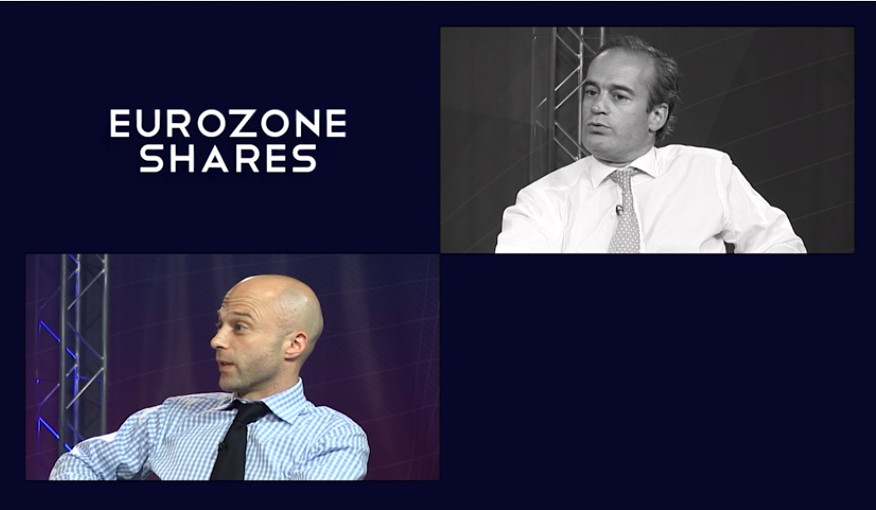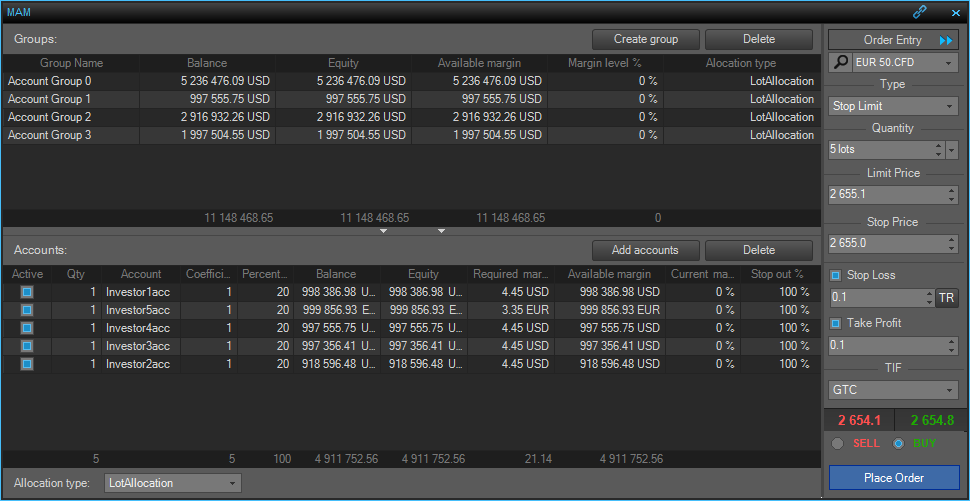Investment Platform Professional Financial Management
Post on: 5 Июль, 2015 No Comment

Our Global Investment Platform
Public Hedged Equity Strategy (PHES)
Paid-To-Wait Strategy (PTW)
Fixed Income Strategy (FIS)
Relative Equity Strategy (RES)
OBJECTIVE: Provide broadly diversified, global equity exposure. Outperform the benchmark index net of fees and expenses. Capital appreciation is targeted as the primary source of investment returns.
Our Relative Equity Strategy generally utilizes a core/satellite portfolio management style, whereby the core of the portfolio is managed from a mid-to-long term perspective and provides cost effective, broad exposure to the global equity markets. There may be times when this strategy consists solely of core positions. Indexed mutual funds are the primary vehicle for core positions for two reasons: 1) The vast majority of mutual funds are not subject to transaction fees, allowing for accounts, particularly those with cash flows, to accumulate (or liquidate) shares in a very cost efficient manner. 2) Mutual funds tend to be the most cost effective in terms of internal operating expense ratios (OERs). Allocation changes within the core are generally reviewed or updated on a quarterly basis. The remaining (satellite) portion of this strategy is managed from a mid-short term perspective and is intended to be more focused and concentrated in nature (i.e. specific economic sectors or subsectors, specific country exposures, specific market cap / style exposures, specific currency exposures, etc.). Given the potential for more frequent trading, indexed ETFs or ETNs tend to be the most cost effective vehicle for satellite positions. Some of these vehicles can be fairly concentrated; however, PFM will not buy or sell individual company stocks/bonds in this strategy. The positions within this portion of the portfolio are monitored on a daily and weekly basis. This strategy is benchmarked to the SP Global Broad Market Index, and its very nature is to assume the material risks that stem from general equity market fluctuations. Exposures and risks associated with any one particular company are small and insignificant. Volatility is relatively high and risk of loss is substantial.
Dividend Income Growth Strategy (DIGS)
OBJECTIVE: Provide broadly diversified, U.S. equity exposure. Outperform the benchmark index net of fees and expenses over market cycles. Capital appreciation and dividend income are targeted as the primary source of investment returns.
Our Dividend Income Growth Strategy is a portfolio comprised mainly of individual U.S. common stocks that generally exhibit a strong history of dividend payment and growth through time. Companies of this nature tend to be large in size (typically greater than $10 billion), produce stable and growing cash flows, and have a tendency to be less exposed to cyclical variations in the overall economy. Owning individual securities can be more tax efficient than a mutual fund or ETF, as well as more cost effective when the trading commissions generated are lower than the internal OERs of the alternatives. This strategy is benchmarked to the SP 500 Index, and its very nature is to assume the material risks that stem from general equity market fluctuations. Exposures and risks associated with any one particular company are moderate. Sudden and devastating events for a company’s stock value within the strategy would be small, but meaningful to overall performance. Volatility is relatively high and risk of loss is substantial.
Public Hedged Equity Strategy (PHES)
OBJECTIVE: Provide long term, equity-like returns while exhibiting dampened volatility and correlations to traditional equity markets. Outperform the benchmark index net of fees and expenses over complete market cycles.
Our Public Hedged Equity Strategy is designed to provide long term, equity-like investment returns while exhibiting dampened volatility and correlations to traditional equity markets. This strategy is intended to act mainly as a core diversifier for client portfolios and is to be used in conjunction with our other strategies. Mutual funds, ETFs, and/or ETNs within this strategy will tend to be hedged in some way, provide exposure to real assets (commodities, real estate, etc.), and/or generally exhibit different characteristics than traditional, long-only, equity and fixed income markets. This strategy is managed from a long-term prospective, the underlying funds tend to be equally weighted within the portfolio, and are intended to be traded relatively infrequently. Volatility is moderate to high, and risk of loss is substantial. This strategy is loosely benchmarked to the SP Global Broad Market Index over complete cycles.

Paid-To-Wait Strategy (PTW)
OBJECTIVE: Provide broadly diversified above average income, while preserving capital and exhibiting low correlations to both equity and fixed income markets. Outperform the benchmark index net of fees and expenses.
Our Paid-To-Wait Strategy is generally comprised of a combination of select managed mutual funds with the majority of the portfolio targeted toward above-average income producing securities. Investments in managed mutual funds involve both the possibility for out-performance, as well as the possibility of significant under-performance versus the fund’s stated investment objective and/or benchmark. Given the nature of how fixed income securities are traded, PFM believes there are considerable economies of scale, as well as preferential bid/offer spreads for fund managers that deal in large volumes. This benefit is passed directly to fund shareholders. PFM also believes that proprietary credit analysis (as performed by the funds’ management team) can identify changes in credit conditions or the creditworthiness of borrowers on a more real-time basis, as opposed to waiting for announced changes to credit ratings by the predominant ratings agencies (i.e. SP or Moody’s). The mutual fund format allows for daily liquidity at the stated end-of-day NAV, regardless of the dollar size of the transaction. The primary risks associated with this strategy are related to borrower defaults, international/sovereign/political risk, and to a lesser degree interest rates, inflation, and tracking error effects resulting from imperfect beta exposure hedging. This strategy is benchmarked to an absolute return objective of (substantially) exceeding the returns produced by that of T-Bills on an annualized basis, as well as acting as an equity exposure surrogate in times that PFM believes equities to be high-risk and overvalued. Exposures and risks associated with any one particular company or issuer are small and generally insignificant. Volatility and risks of substantial loss are moderate, and as such, loss of principal is possible.
Fixed Income Strategy (FIS)
OBJECTIVE: Provide broadly diversified global bond market exposure, preserving capital and producing current income while exhibiting low volatility and low correlations to equity markets. Outperform the benchmark index net of fees and expenses.
Our Fixed Income Strategy is generally comprised of a combination of select managed and/or indexed mutual funds and/or ETFs. Investments in managed funds involve both the possibility for out-performance, as well as the possibility of significant under-performance versus the strategy’s benchmark (Barclay’s U.S. Aggregate Bond Index). Given the nature of how fixed income securities are traded, PFM believes there are considerable economies of scale, as well as preferential bid/offer spreads for fund managers that deal in large volumes. This benefit is passed directly to fund shareholders. PFM also believes that proprietary credit analysis (as performed by the funds management team) can identify changes in credit conditions or the creditworthiness of borrowers on a more real-time basis, as opposed to waiting for announced changes to credit ratings by the predominant ratings agencies (i.e. SP or Moodys). The mutual fund format allows for daily liquidity at the stated end-of-day NAV, regardless of the dollar size of the transaction. The primary risks associated with this strategy are related to interest rates, inflation, and to a lesser degree the creditworthiness of the borrower. Exposures and risks associated with any one particular company or issuer are small and generally insignificant. Volatility is relatively low and risk of substantial loss is minimal; nevertheless, loss of principal is possible.














